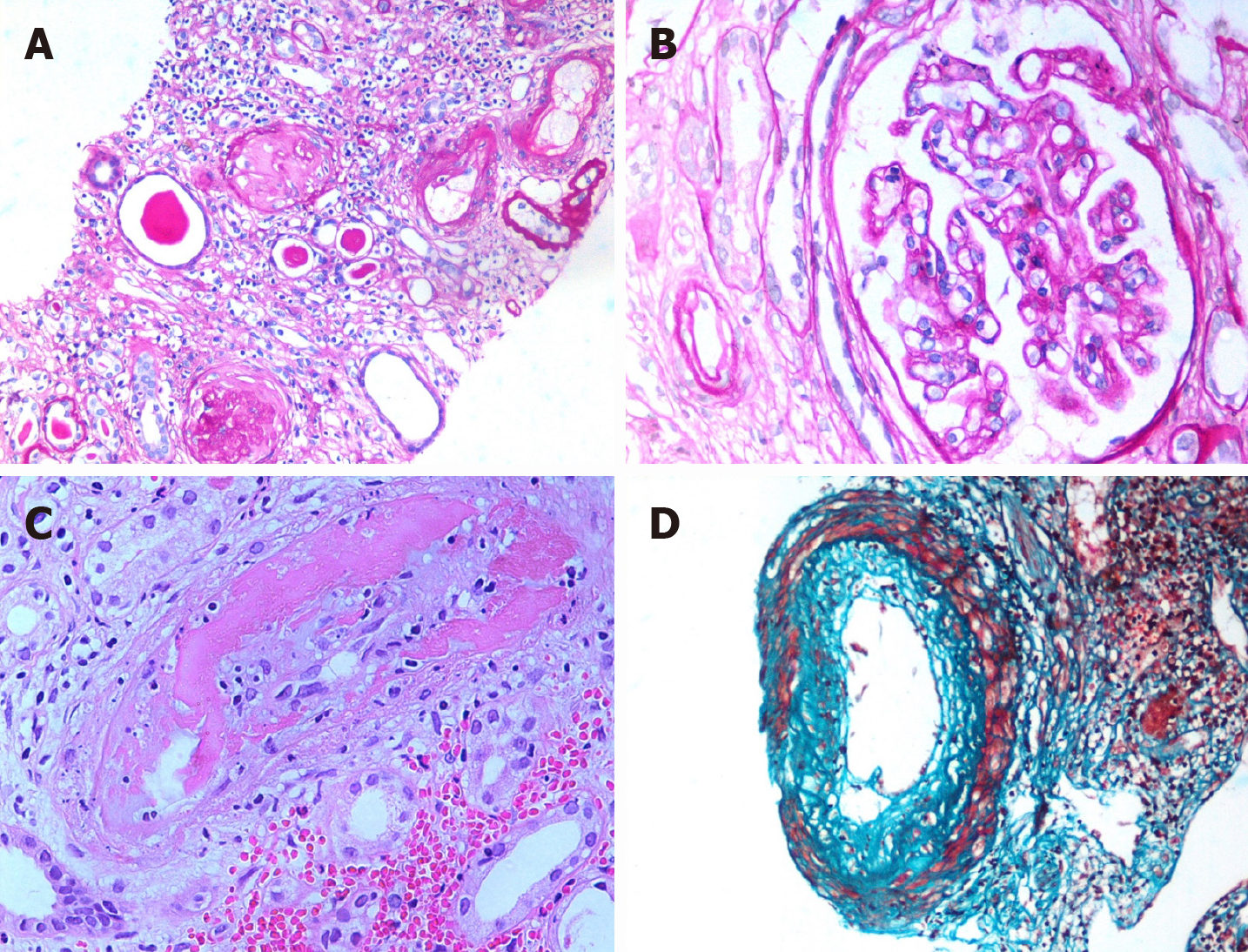Copyright
©The Author(s) 2025.
World J Transplant. Mar 18, 2025; 15(1): 99220
Published online Mar 18, 2025. doi: 10.5500/wjt.v15.i1.99220
Published online Mar 18, 2025. doi: 10.5500/wjt.v15.i1.99220
Figure 1 Mechanisms of antibody-mediated graft injury.
The chief target of antibodies consists of vascular endothelial cells. A: Antibodies recognize class I and II human leucocyte antigens (HLA) as foreign and bind to them; B: This antibody binding to donor HLA antigens leads to complement-fixing and generation of anaphylatoxins and assembly of the membrane attack complex; C: Antibodies can also damage the graft tissue by antibody-dependent cellular cytotoxicity by engaging inflammatory cells. HLA: Human leucocyte antigen. This figure was created by BioRender.com (Supplementary material).
Figure 2 Mechanisms of action of non-human leucocyte antigen antibodies.
A: The targets of these antibodies are non-human leucocyte antigens (HLA) molecules expressed on endothelial cells. Non-HLA antibodies recognize various antigens such as angiotensin type 1 receptor and endothelin A receptor on endothelial cells and bind to them; B: This antibody binding to donor non-HLA antigens leads to complement-fixation and generation of anaphylatoxins (C3a and C5a) and recruitment of inflammatory cells. These antibodies can also activate the endothelial cells resulting in increased expression of HLA, non-HLA, and adhesion molecules such as intercellular adhesion molecule and vascular cell adhesion molecule; C: This results in damage to the endothelial cells, initiation of thrombogenesis, and induction of apoptosis of these cells, ultimately resulting in microvascular injury, thrombosis, and inflammation. HLA: Human leucocyte antigen; ICAM: Intercellular adhesion molecule; VCAM: Vascular cell adhesion molecule. This figure was created by BioRender.com (Supplementary material).
Figure 3 Pathology of acute antibody-mediated graft injury.
The principal target of antibodies is the microcirculation and larger blood vessels. A: Severe glomerulitis. Many of the glomerular capillary lumens are obliterated by inflammatory cell infiltration (HE, × 400); B: A glomerulus showing fibrin thrombi obliterating some of the capillary lumens (arrow) (HE, × 200); C: A focus of moderate peritubular capillaritis (ptc2) (arrow) (HE, × 400); D: Diffuse C4d positivity (C4d) (C4d3) in peritubular capillaries (FITC, IF for C4d, × 200).
Figure 4 Pathology of acute and chronic antibody-mediated graft injury.
The principal target of antibodies is the microcirculation and larger blood vessels. A: Severe interstitial fibrosis and tubular atrophy. This lesion is entirely non-specific and may result from a variety of immune and non-immune causes [Periodic acid-Schiff (PAS) stain, × 200]; B: A glomerulus showing double contouring of capillary walls and an occasional inflammatory cell infiltration obliterating the capillary lumen (arrow) (PAS, × 400); C: A small artery exhibiting fibrinoid necrosis of the wall (v3). This lesion is strongly suggestive of active antibody-mediated rejection (AMR) (HE, × 400); D: Moderate fibrointimal thickening of an interlobular size artery. This lesion may be seen in chronic AMR as well as chronic T cell-mediated rejection (Trichrome stain, × 400).
- Citation: Abbas K, Mubarak M. Expanding role of antibodies in kidney transplantation. World J Transplant 2025; 15(1): 99220
- URL: https://www.wjgnet.com/2220-3230/full/v15/i1/99220.htm
- DOI: https://dx.doi.org/10.5500/wjt.v15.i1.99220
















